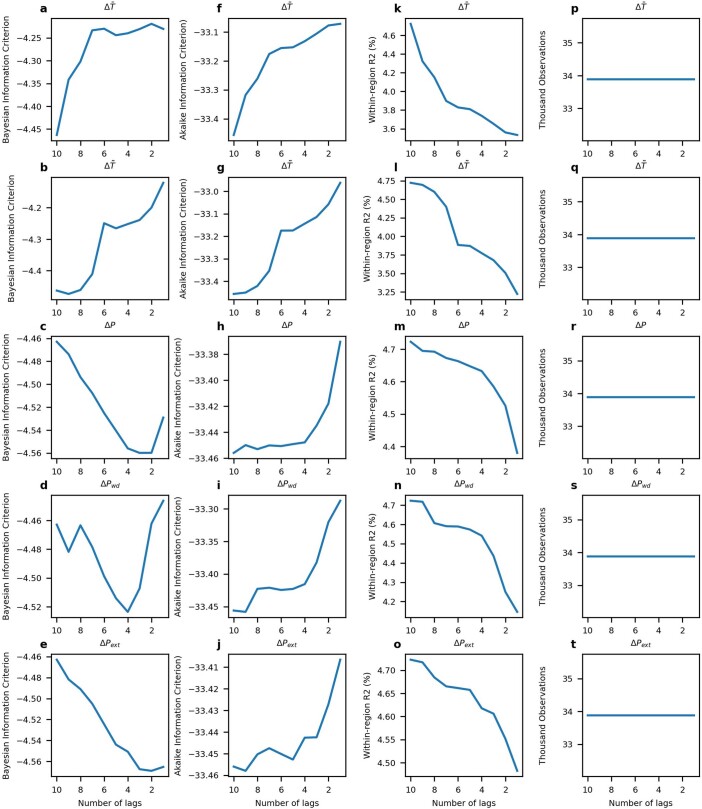Extended Data Fig. 2. Incremental lag-selection procedure using information criteria and within-region R2.
Starting from a panel-based fixed-effects distributed lag model estimating the effects of climate on economic growth using the real historical data (as in equation (4)) with ten lags for all climate variables (as shown in Extended Data Fig. 1), lags are incrementally removed for one climate variable at a time. The resulting Bayesian and Akaike information criteria are shown in a–e and f–j, respectively, and the within-region R2 and number of observations in k–o and p–t, respectively. Different rows show the results when removing lags from different climate variables, ordered from top to bottom as annual mean temperature, daily temperature variability, total annual precipitation, the number of wet days and extreme annual precipitation. Information criteria show minima at approximately four lags for precipitation variables and ten to eight for temperature variables, indicating that including these numbers of lags does not lead to overfitting. See Supplementary Table 1 for an assessment using information criteria to determine whether including further climate variables causes overfitting.

